As the popularity of CBD (cannabidiol) products continues to rise, the demand for high-quality CBD extracts has grown exponentially. In this detailed guide, we will explore the most effective method of CBD extraction, providing you with a comprehensive understanding of the process and its advantages. Get ready to dive into the world of CBD extraction and discover the best technique for producing top-notch extracts.
What is CBD Extraction?
CBD extraction refers to the process of separating cannabidiol (CBD) from the cannabis plant, which also contains various other cannabinoids, terpenes, and compounds. The main goal of CBD extraction is to obtain a pure, concentrated form of CBD that can be used in various products like tinctures, edibles, and topicals.
Overview of Common CBD Extraction Methods
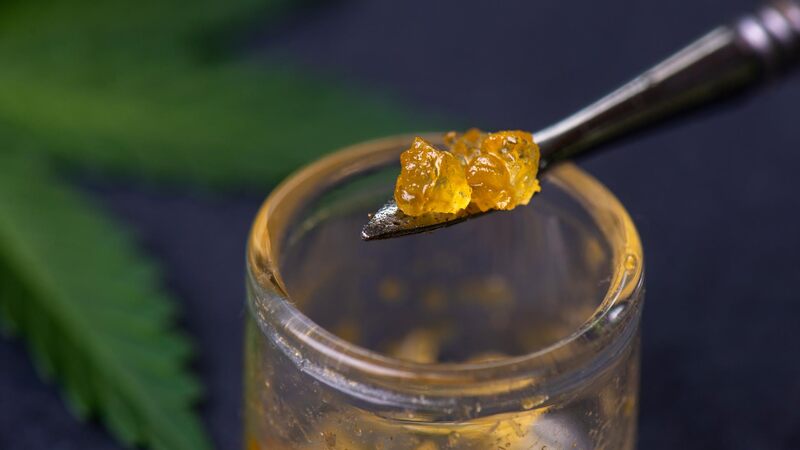
Before delving into the most effective extraction method, let’s briefly examine some of the most widely used cbd extraction equipment and techniques in the industry:
- Solvent Extraction: This method involves using solvents like ethanol, butane, or propane to dissolve the plant’s cannabinoids and terpenes. The solvent is then evaporated, leaving behind a concentrated CBD extract.
- Olive Oil Extraction: In this method, the plant material is heated and combined with olive oil, which absorbs the cannabinoids. The mixture is then separated from the plant material, resulting in a CBD-infused oil.
- CO2 Extraction: This technique utilizes supercritical carbon dioxide (CO2) to separate cannabinoids and terpenes from the plant material. The CO2 is then evaporated, leaving behind a pure CBD extract.
The Most Effective Method: Supercritical CO2 Extraction
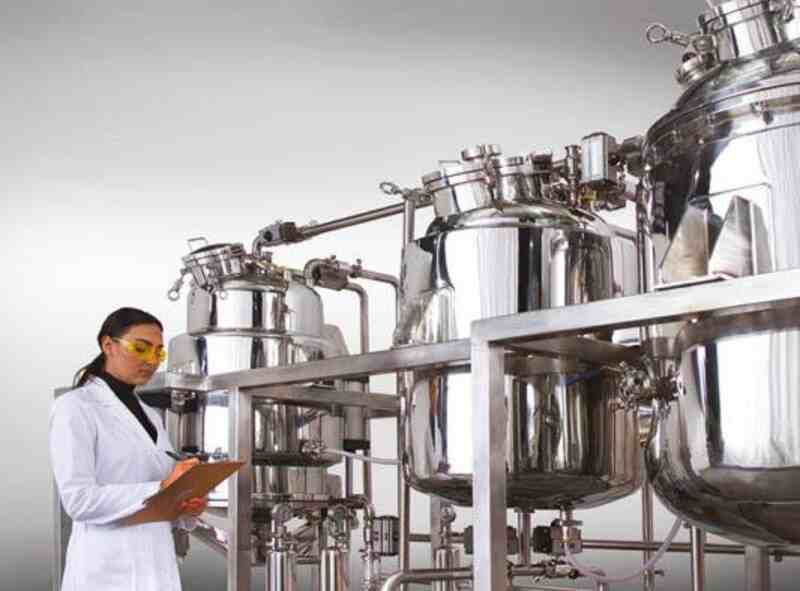
The Process of Supercritical CO2 Extraction
Supercritical CO2 extraction is widely regarded as the most effective method for CBD extraction due to its efficiency, purity, and safety. This technique utilizes carbon dioxide in its supercritical state, which means it exhibits properties of both a liquid and a gas. The process involves the following steps:
- Carbon dioxide is pressurized and heated, reaching its supercritical state.
- Supercritical CO2 is passed through the cannabis plant material, dissolving cannabinoids and terpenes.
- The mixture of CO2 and extracted compounds is separated in a collection chamber.
- The CO2 is evaporated, leaving behind a pure, concentrated CBD extract.
Advantages of Supercritical CO2 Extraction
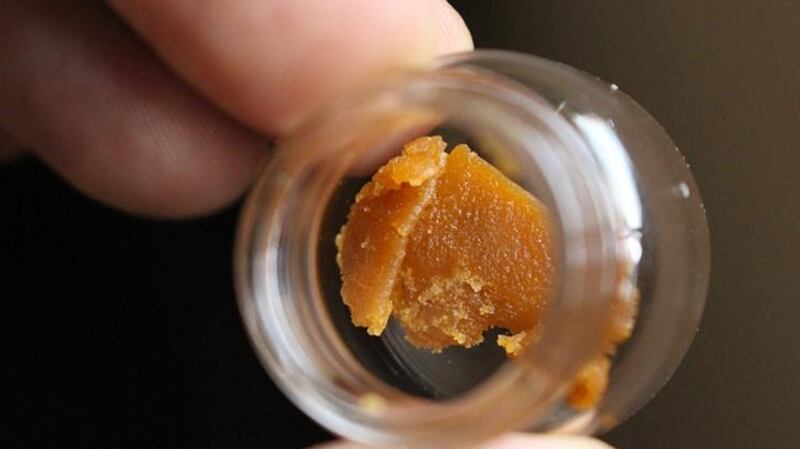
There are several reasons why supercritical CO2 extraction is considered the most effective method for CBD extraction:
Purity: This method results in a high-quality, pure CBD extract with minimal contaminants, such as residual solvents or unwanted plant compounds.
Safety: CO2 is a non-toxic, non-flammable substance, making it a safer extraction option than solvent-based methods.
- Efficiency: Supercritical CO2 extraction has a high extraction efficiency, meaning it can produce a greater yield of CBD from the same amount of plant material compared to other methods.
- Selectivity: The process can be fine-tuned to target specific cannabinoids and terpenes, allowing for the production of customized CBD extracts.
- Eco-Friendly: CO2 is a naturally occurring substance and can be recycled during the extraction process, making it an environmentally friendly option.
Disadvantages of Supercritical CO2 Extraction
Despite its numerous advantages, there are some downsides to supercritical CO2 extraction:
- High Initial Costs: The equipment required for supercritical CO2 extraction is expensive, which can be a barrier for small-scale producers.
- Technical Expertise: This method requires skilled operators with specialized knowledge of the extraction process.
CO2 Extraction to Other Methods
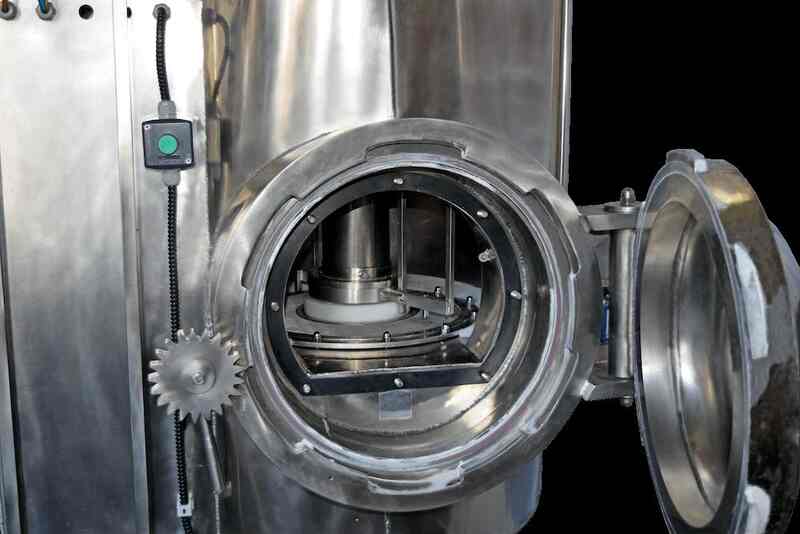
Solvent Extraction vs. Supercritical CO2 Extraction
While solvent extraction can be more cost-effective and easier to perform, it has several disadvantages when compared to supercritical CO2 extraction:
- Purity: Solvent extraction may leave behind residual solvents in the final CBD extract, which can be harmful if consumed. Supercritical CO2 extraction, on the other hand, produces a cleaner and purer final product.
- Safety: The solvents used in solvent extraction, such as butane and ethanol, can be flammable and toxic, posing risks to both the environment and the consumer. Supercritical CO2 extraction is a safer alternative as CO2 is non-toxic and non-flammable.
- Efficiency: Supercritical CO2 extraction has a higher extraction efficiency, meaning it can yield more CBD from the same amount of plant material.
Olive Oil Extraction vs. Supercritical CO2 Extraction
While olive oil extraction is a simple and natural method for extracting CBD, it falls short in several areas when compared to supercritical CO2 extraction:
- Purity: Olive oil extraction may result in a less concentrated CBD extract, as the method is less efficient at separating cannabinoids and terpenes from the plant material.
- Shelf Life: CBD-infused olive oil has a shorter shelf life compared to extracts obtained through supercritical CO2 extraction.
- Scalability: Olive oil extraction is not suitable for large-scale CBD production due to its lower efficiency and longer processing time.
Conclusion
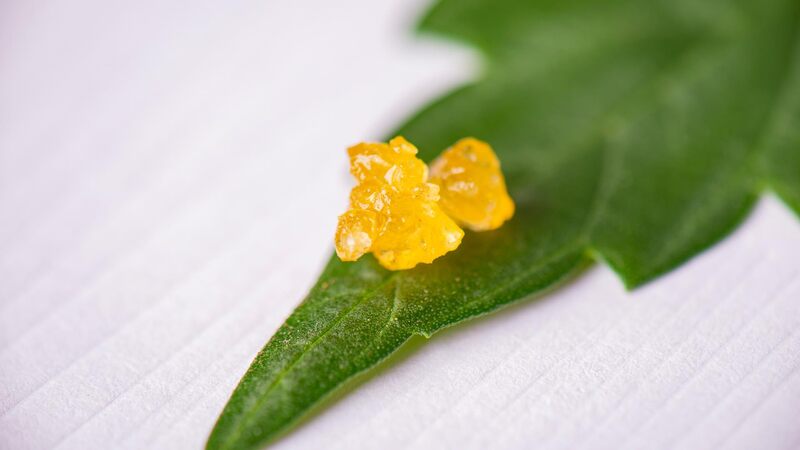
In conclusion, supercritical CO2 extraction is widely considered the most effective method for CBD extraction due to its high purity, safety, efficiency, and eco-friendliness. While other methods like solvent extraction and olive oil extraction have their merits, they fail to match the overall advantages offered by supercritical CO2 extraction.
While the initial costs and technical expertise required for supercritical CO2 extraction may be higher, the benefits of this method far outweigh the drawbacks. Ultimately, supercritical CO2 extraction produces a cleaner, purer, and more potent CBD extract, which is essential for creating high-quality CBD products that meet the needs and expectations of consumers.
Also Read: CBD Flower Different Extraction Methods



1 Comment
Another awesome post! I always look forward to your content.